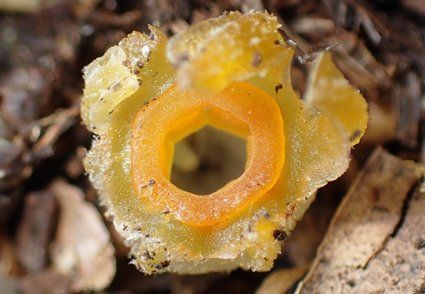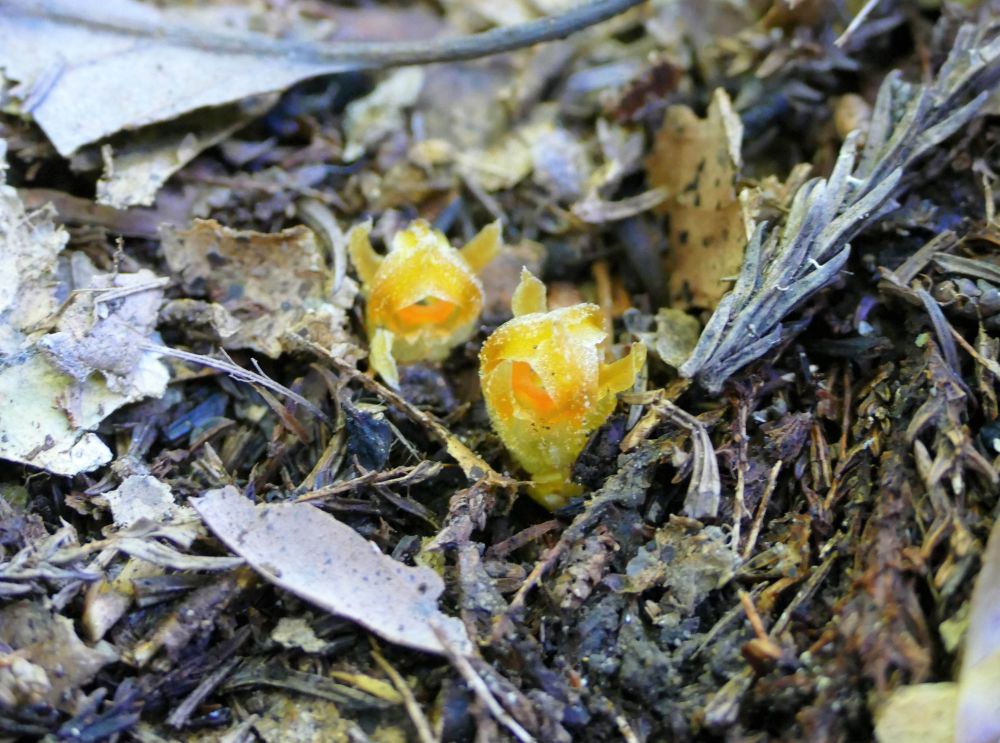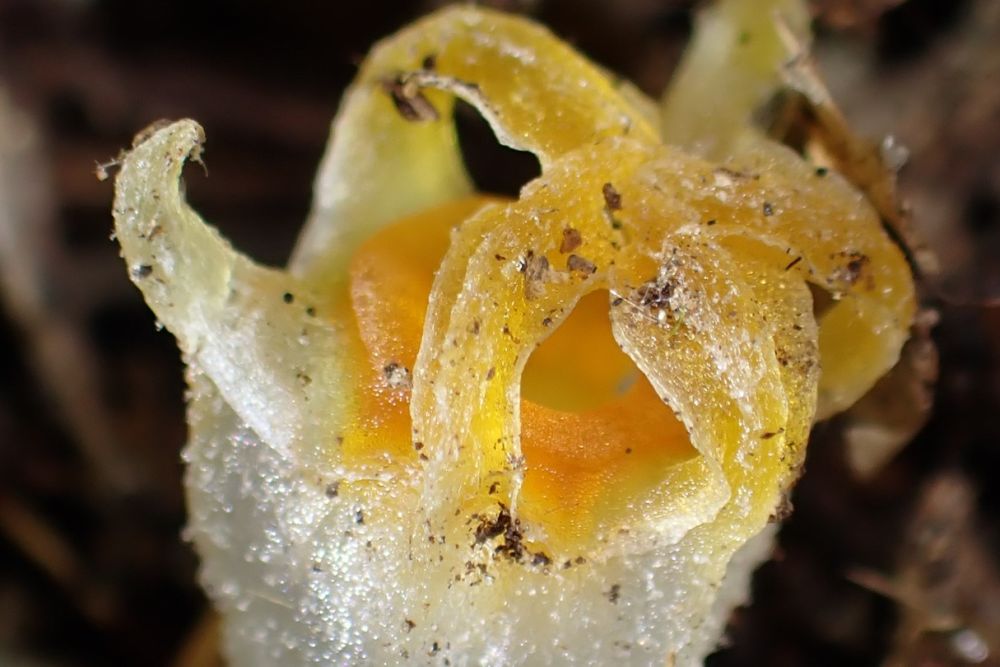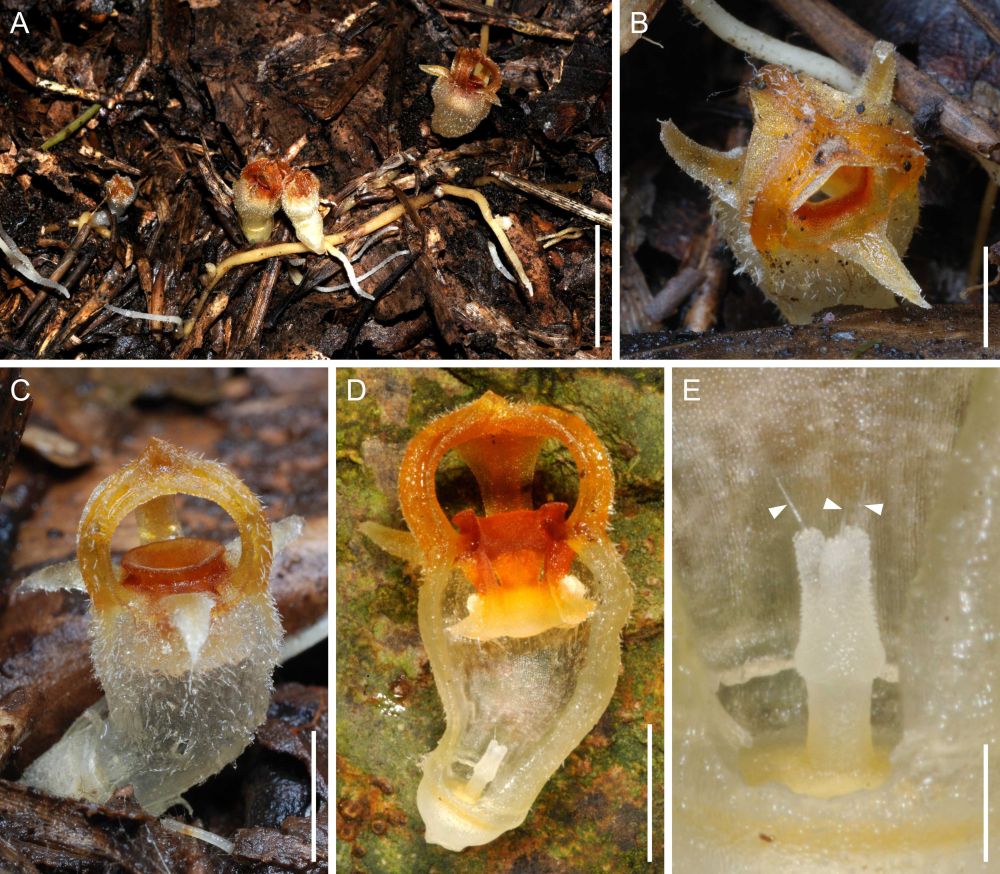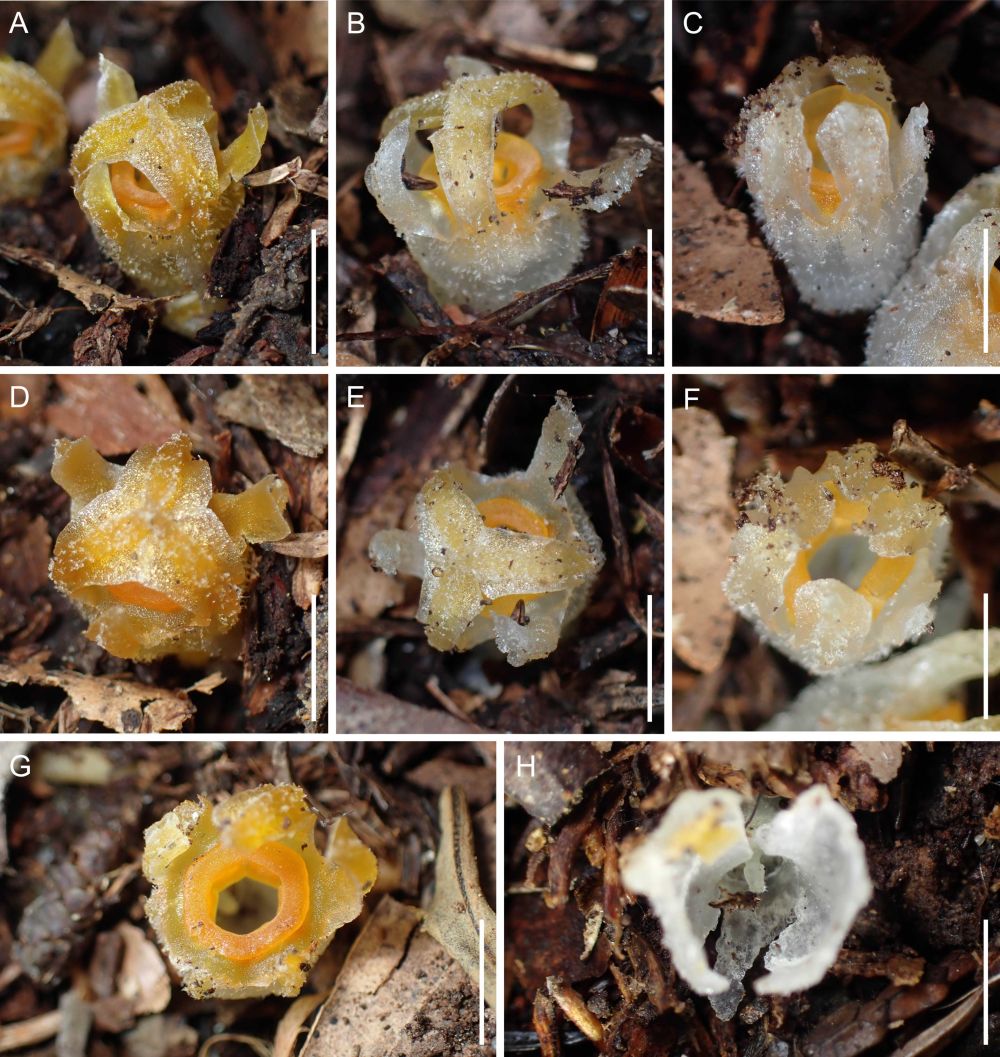Thismia kobensis , also known as the fairy lantern plant, was first identified in 1992 in Kobe, Japan, and was believed to have gone extinct when its habitat was replaced by industrial zones.
Fairy lantern plant (twitter.com/Phytotaxa)
Fairy lantern plants are living creatures less than 1 cm in size that grow from the ground in the form of flowers and look like mini yellow and white lanterns with feathers. The flowers of this plant appear solitary, meaning only one flower grows on a plant. T. kobensis is a flowering plant that does not produce nectar.
The color of the bright lantern tree contrasts with the ground and is sometimes covered by fallen leaves. This small size and bright color later became the reason for its name ‘fairy lantern plant’. It’s no wonder because of their appearance that Thismia kobensis and other Thismia species are mistaken for mushrooms.
Because their lives depend on fungal activity, researchers say most heterotrophic plants like Thismia kobensis are very sensitive to environmental disturbances, making them rare and rare. have endangered.
So, those are some information and facts about the rediscovery of the fairy lantern tree. Hope this can add insight.
